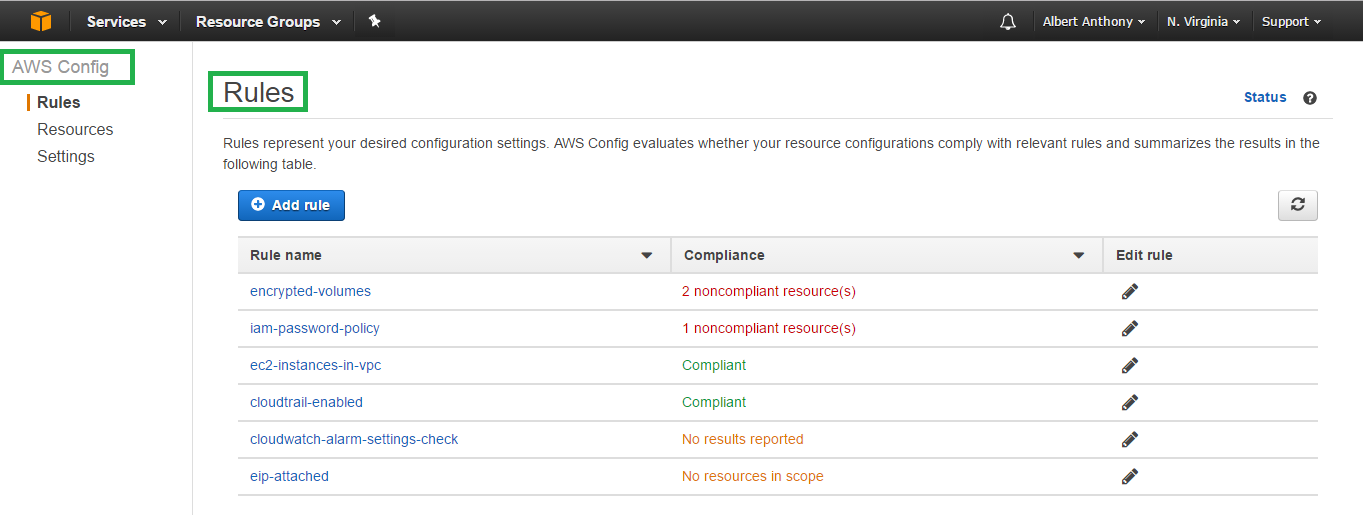Now that we are clear with the shared security responsibilities model, let us deep dive into the resources provided by AWS to secure your AWS account and resources inside your AWS account from unauthorized use. AWS gives you a host of tools for securing your account such as MFA, several options for credentials that can be used to access AWS services and accounts for multiple use cases, secure endpoints to communicate with AWS services, centralized logging service for collecting, storing and analyzing logs generated for all user activities in your AWS account by your resources in your AWS account and logs from all your applications running in your AWS account. Along with these features, you also have AWS Trusted Advisor that performs security checks for all AWS services in your AWS account. All of these tools are generic in nature and they are not tied to any specific service; they can be used with multiple services.
-
Book Overview & Buying

-
Table Of Contents

Mastering AWS Security
By :

Mastering AWS Security
By:
Overview of this book
 Free Chapter
Free Chapter


